On the night of July 28, at 02:28 UT, a brilliant fireball crossed the province of Granada, leaving a beautiful and brief trail of colors. After the event, a study has been carried out that indicates that it is the first Perseid coming from the Swift-Tuttle.
The object could be registered by the detectors that the SMART Project operates in the observatories of Calar Alto in Almería, Huelva, La Hita in Toledo, La Sagra and Sierra Nevada in Granada and Seville.
The external cameras of the Calar Alto Observatory captured this beautiful event.
Following the preliminary analysis of Professor José María Madiedo (Institute of Astrophysics of Andalusia IAA-CSIC), Principal Investigator of the SMART Project, this event has been caused by a meteor, known as Perseid, detached from comet Swift-Tuttle. The Perseid has hit our atmosphere at a speed of 213,000 km/h.
The initial part of the light phenomenon took place at an altitude of 117 km above the Sierra de Huétor Natural Park. The object then moved in a south-westerly direction and ended up at an altitude of 74 km, near the province of Granada. As can be seen in the upper left image, the entire trajectory of this fireball occurred over the sea.
Below is one of the videos that have been collected with the external cameras operated from the Calar Alto Observatory in Almería.
Calar Alto (CAHA) fireball detection station, together with the one at the Observatory of Sierra Nevada (IAA-CSIC) and others placed at different locations in Spain, are part of the S.M.A.R.T. project led by Professor José María Madiedo (IAA) to track that kind of objects. Specifically, Calar Alto (CAHA) station and the one at Sierra Nevada (IAA-CSIC) constitute a collaboration agreement between the IAA researcher José María Madiedo and both institutions.
![]()
![]()
![]()
![]()
 English (UK)
English (UK)
